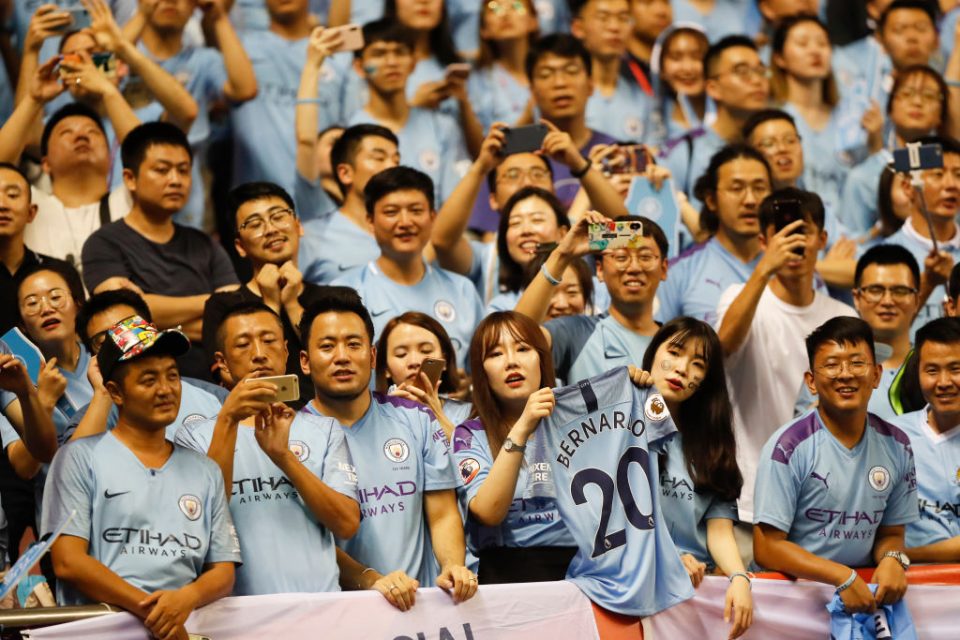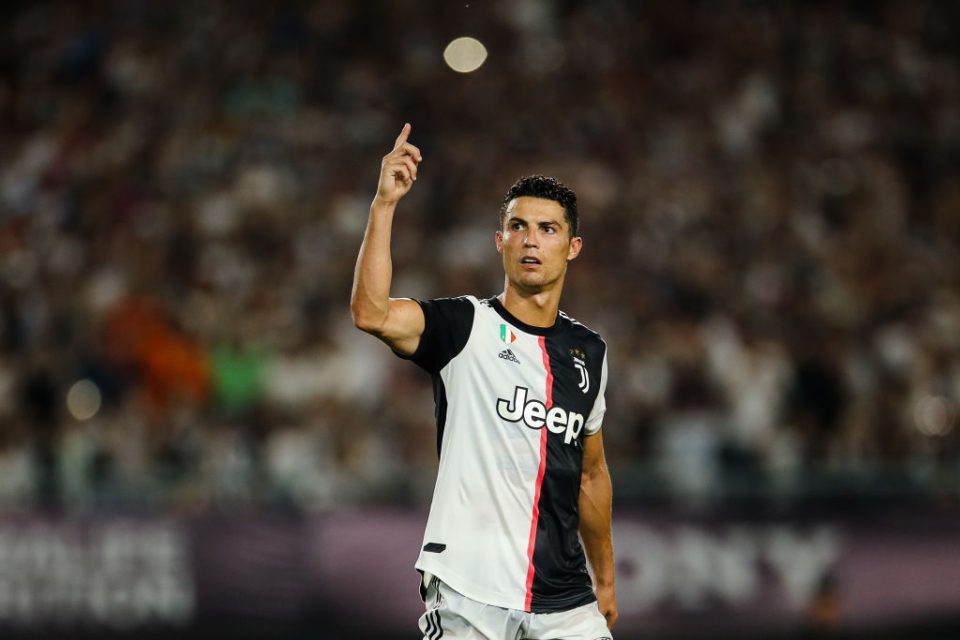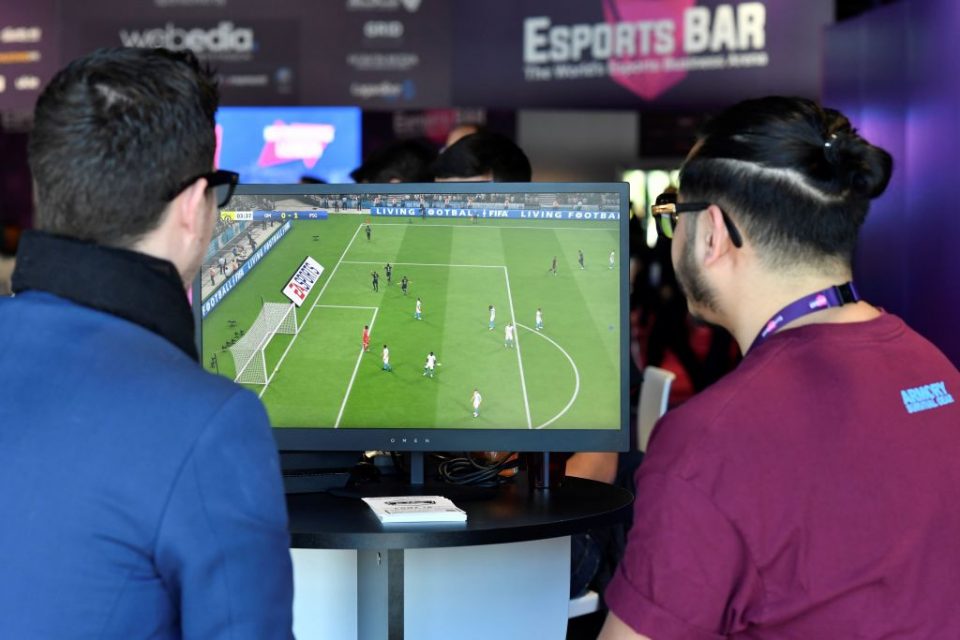Anatomy of a modern football fan: The evolving trends and tastes of the Premier League’s global following

Concept kits blurring the lines between football and fashion; freestylers and video gaming encouraging a new breed of young player; supporters following leagues and superstar players before teams; a hunger for more sophisticated and relevant punditry.
It is fair to say that football and fandom is changing. And on the eve of a new Premier League season, we have attempted to take the pulse of the modern supporter and show how their consumption habits and preferences are continuing to evolve.
To do that, City A.M. has collaborated with sport and music marketing agency Ear To The Ground, which uses its global Fan Intelligence network of more than 6,000 culturally influential individuals to gather insights and create campaigns for clients such as Nike, Fifa and Beats by Dre.
Read more: A bluffer’s guide to how VAR will work in the Premier League
The result is a report which draws on Ear To The Ground’s worldwide research into Premier League fan behaviour.
It has been broken down into eight digestible topics and offers what we believe is a unique picture of the football supporter in 2019.
Mixed-up world
The Premier League is a truly global phenomenon but the way in which its followers engage with it varies markedly by territory.
In Indonesia, for instance, winning teams are so highly prized that 44 per cent of fans surveyed had switched allegiance.
Merely watching on TV is not enough for Scandinavians, who place great value on the authentic experience of a pilgrimage to their favoured English club. More than 150,000 Swedes and Danes alone made the trip in 2015-16, according to Visit Britain.
Similarly, North Americans take a keen interest in the culture and history of their Premier League teams; two thirds say it is vital to their fandom.

While it has been claimed that China has more Premier League fans than Western Europe, it should be noted that the bar for being considered a supporter is a low one. Research has shown that merely knowing of a team or leading player is enough to self-identify as a fan.
Betting, particularly on mobile devices, has become a prominent facet of fandom in east Africa, especially Kenya, although that has come under threat from new legislation.
Icons and idols
Fans following high-profile players, such as Cristiano Ronaldo, above teams and even switching teams when that player moved was a phenomenon first seen in Asia and Africa and was expected to die out as those markets matured. Instead the trend has spread to Western Europe.
This is attributed to young people watching Champions League football as much or more than domestic games and the result is that 82 per cent of under-18 Premier League fans say their favourite player does not play for their preferred club.

In turn, clubs have increasingly sought to leverage their superstars’ profiles.
It is a risky game, though, as fans will likely follow them when they move on – as illustrated by Ronaldo’s 2018 move from Real Madrid to Juventus.
League power
The rise of iconic players has been mirrored by a trend for fans in some markets – notably China, Indonesia, South Korea, Japan, East Africa, North Africa and the Middle East – to support multiple teams in different leagues.
One 21-year-old respondent from China said they followed Arsenal, Barcelona and Juventus, for instance.
In a parallel with the NFL and NBA, meanwhile, a growing minority of fans – 19 per cent up, from 17 per cent – in the above countries called themselves fans of a league or competition over a specific team.
Where does TV go?
Live football broadcasts may continue to defy the wider trend of viewers deserting television schedules for Netflix and Youtube, but Premier League fans unwilling or unable to fork out for the necessary Sky, BT and Amazon subscriptions are increasingly turning to illegal streams.
Some 5m Britons illegally streamed sport at some point in 2018, while Ear To The Ground’s research showed a 300 per cent rise in streaming via Twitter since last year’s World Cup.

Fans are particularly seeking out bitesized clips of goals or key moments on social media rather than waiting for TV highlights shows.
One respondent said: “It’s easy to just pick up a clip on Twitter while the games are still on.”
The Premier League faces a challenge to monetise these fans who reject pay TV channels. The launch of their Youtube channel this week may mark a shift in strategy.
Punditry 2.0
Fans are increasingly participating in their own punditry; three quarters of 16-30 year olds surveyed said they discussed matches in private groups or forums including Whatsapp.
This has coincided with a decreasing appetite for traditional pundits – unless they bring something extra.
That added value can take the form of entertainment value, as in the case of fan TV channels and the likes of Copa90, or experts offering a deeper and more sophisticated analysis, such as Sky’s Gary Neville and Jamie Carragher.
Room for the classics
Traditional platforms such as BBC Sport and Sky Sports still have a role – 62 per cent of under-30s surveyed say they use the websites of the former and 55 per cent the latter – but it has evolved.
Fans now turn to these sources as quality arbiters, to validate the rumours and stories they have read elsewhere.
The UK launch of The Athletic, a football-focused offshoot of the high-end US subscription publication – raises questions about whether more brands attempt to adopt a more authoritative position.
Cross-culture
Younger fans no longer see football as an isolated hobby but something that merges with lifestyle, fashion, music, film and gaming.
Football shirts new and old have enjoyed a fashion moment and are now stocked in the high-end sports and trainer stores of Tokyo, New York, Paris and Berlin, while designers such as Xztals and Settpace have captured the zetgeist with their eye-catching concept kits.

“Rappers want to play football and footballers want to rap,” said Krept, of UK duo Krept and Konan, and the relationship between music and football is the biggest growth area, with an increasing number of crossover projects.
Some 55 per cent of young fans say they now expect music to be part of their football experience.
Blurring lines
“I play 11-a-side, Fifa [the video game], five-a-side and some futsal,” said one respondent, illustrating that young fans now make little distinction between different forms of football – even including gaming.
The popularity of short skills clips on social media, meanwhile, has encouraged the concept of “head-to-head” football, in which beating your man – preferably with tricky technique – is everything.
Gaming’s influence may also be affecting fans’ tastes; they are increasingly seeking extreme drama and skills in short form rather than the ebb and flow of a football match.
Main image credit: Getty
For more information on Ear To The Ground: www.eartotheground.agency
